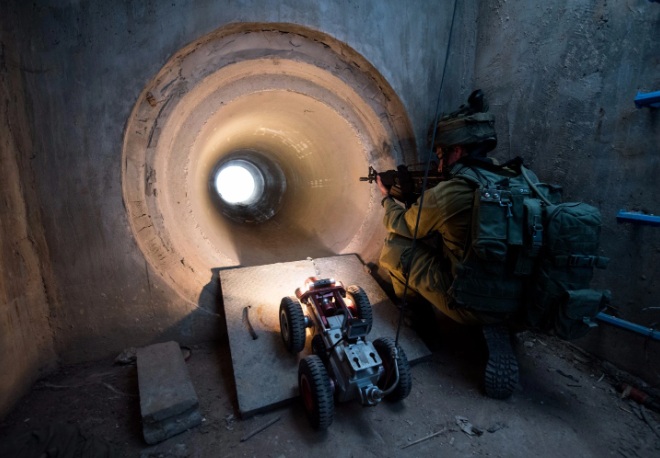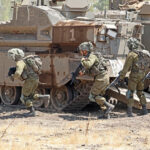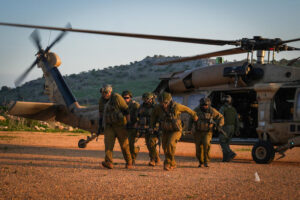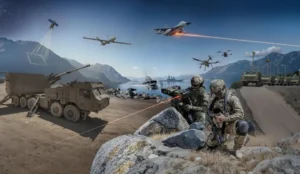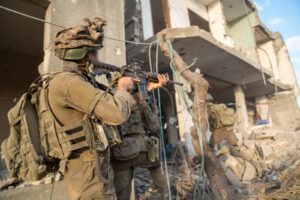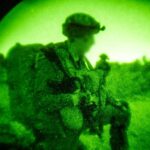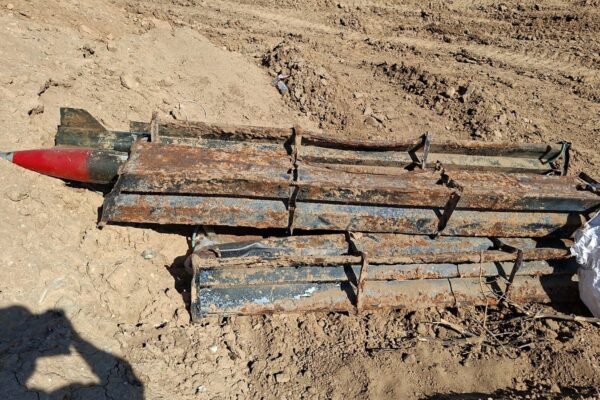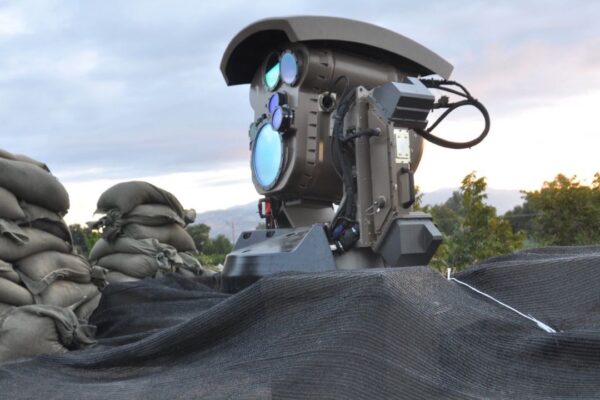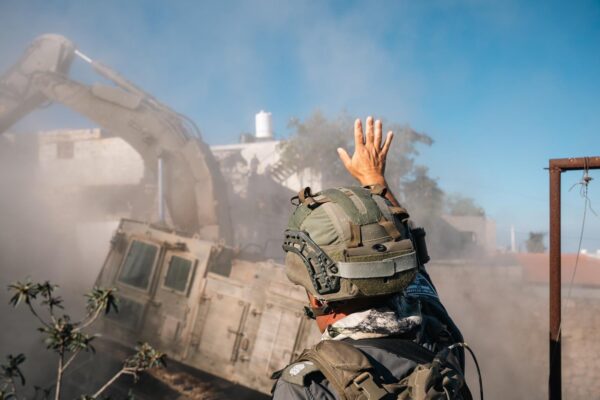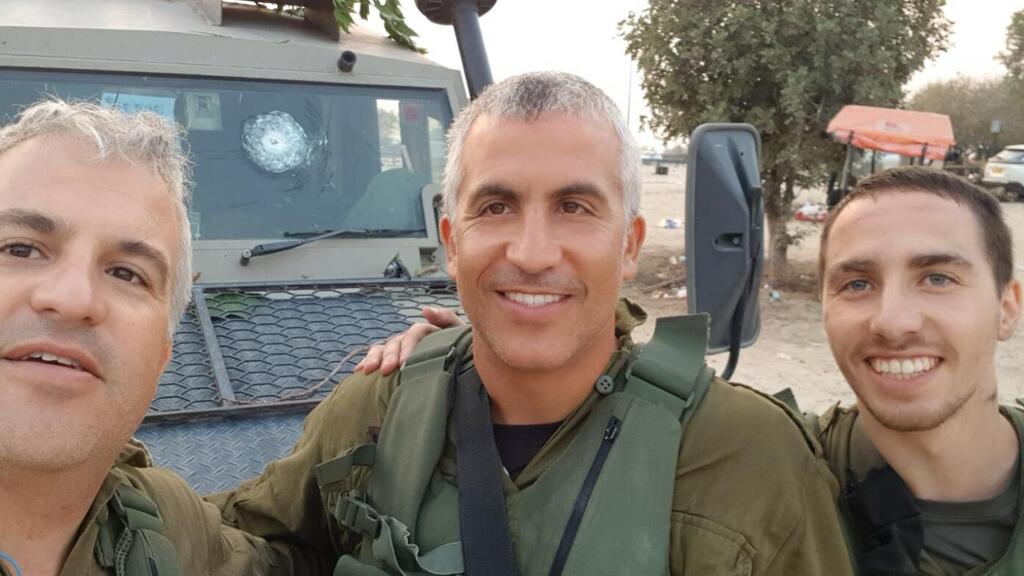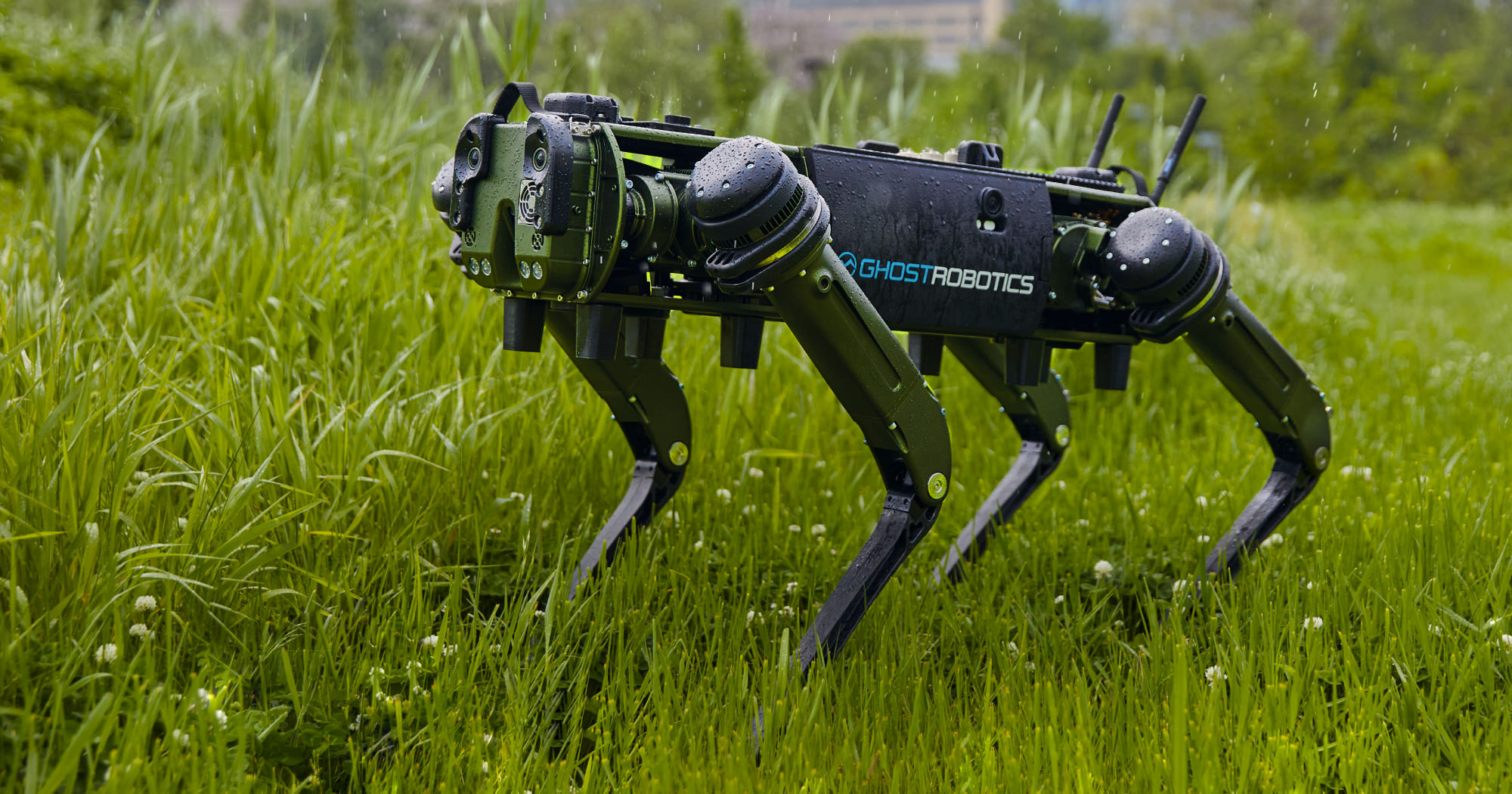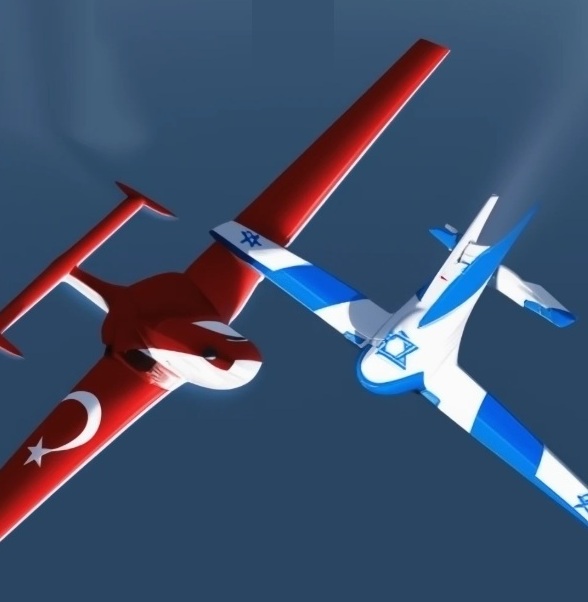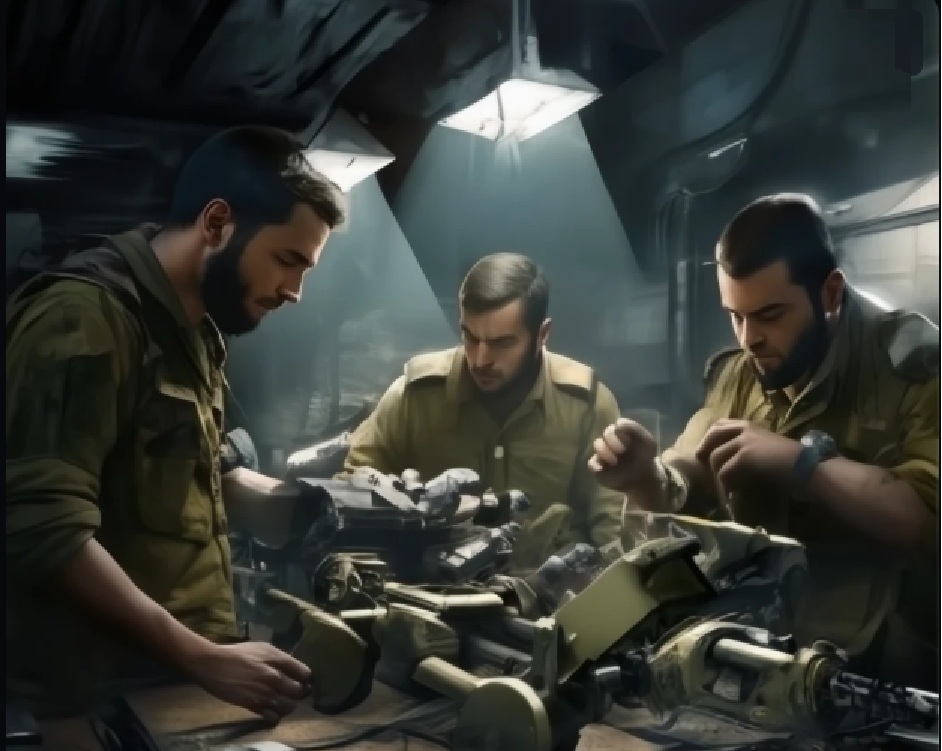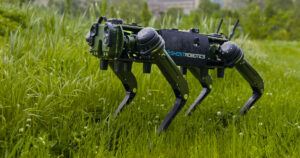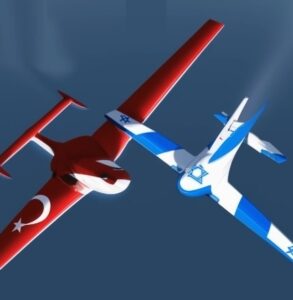Platoons have used drones equipped with laser scanners to create 3D models of tunnel networks.
By Hezy Laing
Fighting in Gaza has taken place primarily in cities and tunnels.
These operating environments are considerably complex, congested, and contested.
Tunnel fighting is highly hazardous with limited vision, constrained and canalized movement, and traps.
No wonder then that the IDF is the only army in the world to have a full brigade-sized unit dedicated to training, manning, equipping, researching, developing new technologies and tactics, learning, and adapting solely for underground warfare.
To train soldiers in tunnel warfare the IDF built mock underground cities in the Negev Desert, simulating Hamas’s subterranean networks with realistic lighting, booby traps, and acoustic conditions.
But a major challenge was using tech underground.
Since many systems such as navigation devices, imaging tools, don’t function well underground it has been analogized to underwater fighting.
The IDF tried many methods to explore, demine, and decommission the “Gaza metro,” composed of five hundred kilometers of tunnels.
Between the Oketz dog units, Samur subterranean commandoes, and Yahalom team of combat engineers, they quickly learned that small quadcopters were the cheapest and most effective.
Some have shrouded rotors to prevent damage from contact with walls, enabling them to fit through tight spaces.
In some cases, platoons have used drones equipped with laser scanners to create 3D models of tunnel networks, a critical capability in areas like Gaza where subterranean threats are common.
Drones can also function as communication relays in the signal-degraded underground or in GPS-scrambled cities.
Advanced mesh radio networks allow multiple drones to operate collaboratively, maintaining communication even in environments with heavy jamming or obstructive terrain.
They also used advanced tunnel exploration robots.
These machines are engineered to navigate and map Hamas’s underground tunnel networks, a persistent threat in the region.
With capabilities such as stair climbing, obstacle jumping, and real-time video transmission, these robots are being refined to operate autonomously in GPS-denied environments, making them invaluable in subterranean missions where human access is limited or dangerous.
A micro-drone with robotic arm and cyber capabilities, can carry through-the-wall life-detection radar.
They can also attach charges to break down doors or grab and remove hazards like explosives.
Israeli reservists even acquired three robot dogs from Ghost Robotics using donated funds at the start of the Hamas-Israel war to explore tunnels and perform border security.
Why only three?
The price tag of $130,000 per unit becomes prohibitive at any larger scale.


